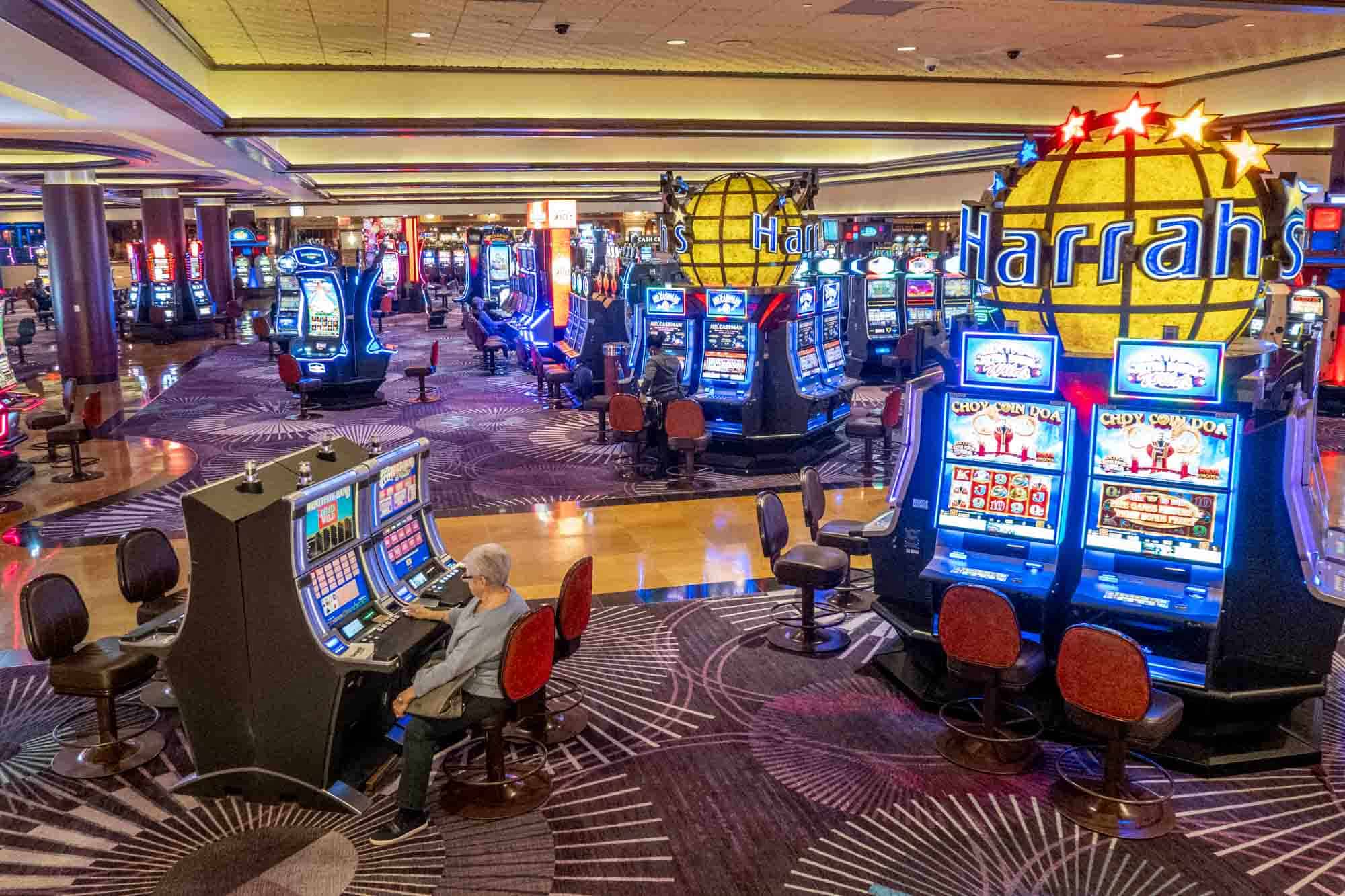
Behind these shimmering lights plus those alluring noises of rotating reels lies an dynamic world in which creativity meets mathematics: the creation of casino games. While players flock to gaming establishments seeking thrills plus the chance of striking it rich big, a vast amount of work takes place behind closed doors to create the games they enjoy. From the initial concept to the ultimate product that players interact with, many elements come together to ensure a captivating gaming experience.
Designers, engineers, and game creators work together to combine innovative technology with enthralling gameplay mechanics. Every aspect, from visuals and sound effects to probabilities plus payouts, is meticulously designed to draw in players and keep them entertained. Understanding this complex process of how casino games are made reveals not only the technical expertise involved but also the artistic vision that transforms these engaging experiences to life.
Game Design Workflow
The design workflow begins with brainstorming and conceptualization, where creators generate concepts for innovative casino games. This initial phase typically includes pinpointing target audiences and understanding market trends. Designers take into account elements such as game mechanics, themes, and payout structures to create an immersive experience. Teamwork between game designers, mathematicians, and artists is crucial to guarantee a well-rounded concept.
Once a concept is chosen, the next stage involves creating prototypes and testing. Designers create a functional version of the game to evaluate its playability and mechanics. This allows for adjustments and refinements based on feedback from testers. Iteration is vital, as designers may go through multiple rounds of evaluations to optimize gameplay balance and user experience. This phase is essential for spotting any possible issues before the game is finalized.
After testing, the game moves into the development phase and production. This includes the technical aspects of coding the game software, integrating graphics, and ensuring compliance with gaming regulations. Quality assurance testing ensures that the game functions flawlessly across different platforms and devices. Once everything is polished, the game is prepared for launch, often accompanied by marketing strategies to draw in players and generate excitement around the latest casino game.
Technology and Advancement
The development of casino games has changed significantly with developments in technology. Contemporary game design often includes high-quality graphics, captivating sound effects, and interactive animations that provide a thrilling experience for players. Game developers use sophisticated software tools and programming languages to develop these immersive gaming experiences. Additionally, the use of RNGs ensures fairness and unpredictability in outcomes, which is essential for ensuring player trust and compliance with gaming regulations.
In recent years, the growth of online casinos has pushed the limits of game development even further. Developers are now able to create games that cater to a global audience, integrating features such as live dealers and VR environments. This transition has encouraged innovation, leading to unique game mechanics and formats that enhance player engagement. Mobile gaming has also become a key focus, prompting developers to optimize games for mobile phones and tablets, ensuring availability and convenience for players on the go.
Collaboration among designers, artists, and math experts is essential in the creation process. Each team brings their expertise to make sure games are not only aesthetically pleasing but also statistically accurate and enjoyable. The integration of player feedback during beta testing allows developers to refine game features and functionalities, ultimately leading to a positive launch. As technology continues to advance, the potential for new game concepts and experiences is unbounded, promising an thrilling future for casino games.
Evaluating and Quality Assurance
Once a gambling game has been designed, it moves into the critical phase of evaluation and quality control. This stage ensures that the game operates perfectly and provides a balanced experience for players. Teams conduct comprehensive tests, including functionality checks to confirm that all game features work as intended. Each component, from visuals to sound effects, is reviewed to ensure high standards are met.
In addition to functionality testing, the game experiences thorough compliance checks to meet legal requirements. Different jurisdictions have specific rules governing game fairness and player protection. Quality assurance teams will check that the random number generators are working correctly and that the game’s payout percentages match with industry standards. This thorough examination helps forge trust with gamblers and regulators alike.
Finally, user testing may be conducted with genuine players to collect insights on user experience. This critical insight allows developers to implement necessary adjustments before the official launch. jdbyg Tackling any potential issues recognized during this phase helps ensure that gamblers will experience a smooth, immersive experience when the game goes live. The commitment to quality reflects the industry’s dedication to delivering enjoyable and reliable casino games.
